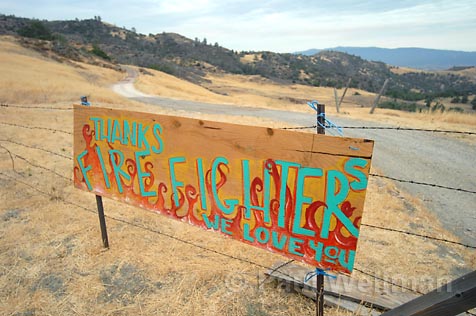Fire Season: Officially Over
2007 Marked by Raging Blazes and Risky Conditions

Friday morning marks the end of the 2007 fire season, and what a season it’s been in Santa Barbara County.
There was, of course, the Zaca Fire, which consumed more than 240,000 acres of the county, the most in county history and the second-most ever in the state. But there were several other significant fires in the county as well, including September’s Mariposa Fire, which consume 170 acres near Gaviota, and the Cemetery Fire, which scorched more than 250 acres near Lompoc. If the wind had blown the other direction in that fire, Lompoc itself would’ve been threatened, according to Capt. Eli Iskow.
Outside Santa Barbara County, hundreds of homes in Los Angeles and San Diego Counties were destroyed by fire pushed by strong winds and allegedly started by careless people. “Historic fire data shows that wildfires are not only getting larger, but are also becoming more intense,” Iskow said in a statement. “Once again this year we saw several California records approached, and some broken, in regards to acres burned, property destroyed, and injuries and deaths of civilians and firefighters.”
At Los Padres National Forest, wood-burning campfires and charcoal barbeques will now be allowed with a valid permit outside of campfire use sites, and the area closed by the Ventura County Ranch Fire will be reopened to the public. Private landowners who live within the forest boundaries can also get permits to burn vegetation debris. “It is now possible for the forest to be able to move from high fire season to low fire season because of cooler weather, rainfall totals which have risen sufficiently throughout the forest, and improved fuel moisture,” said forest supervisor Peggy Hernandez in a statement.
Throughout the county permits can be issued for agricultural burning and hazard reduction in potential high-fire areas. The announcement also means the county fire department will be sending out less personnel and equipment to brush fires.
But the official end to the fire season doesn’t mean it’s time to throw caution to the wind. Wind and weather conditions can easily change during the winter months. “Even though the weather has allowed us to make this declaration, heightened concern remains for the danger of fire in our wildlands,” Iskow said. Concerns about urban lands still remain due to “increasing dead-and-down fuel loads and historically low moisture levels in our vegetation.”



